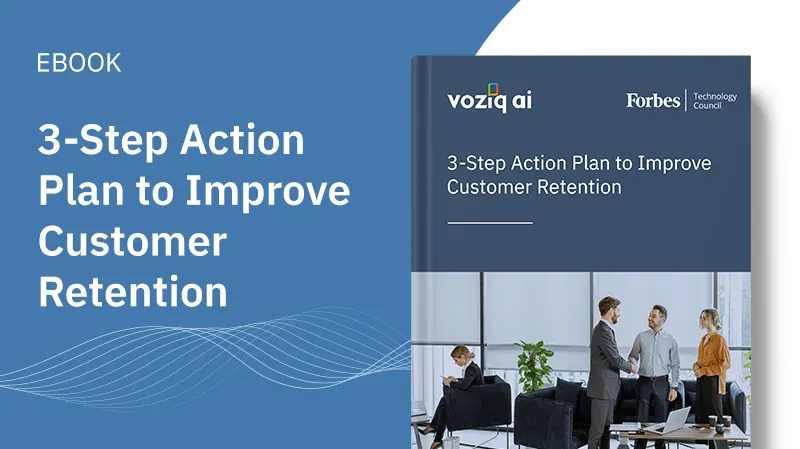The Economics of Customer Churn

The Economics of Customer Churn
Loss of paying customers is a significant drag on the bottom-line and profitability for any recurring revenue, subscription-based business where a predictable customer base and revenue flow is key to growth.
But how much is the financial impact of customer cancellations? What are the repercussions of churn on the economic health of a company?
Let’s see.
Revenue Impact of Customer Churn
Direct loss of recurring revenue
Let’s consider the following hypothetical: Assume a company is operating in a recurring revenue model. It serves 500,000 customers with $250 in average revenue per customer per year. At a 40% annual churn rate, the company will lose 200,000 customers and $50 million in revenue each year. That’s a significant dent in its financial health!
Loss of future revenue growth
Loyal customers are likely to purchase more product. Research suggests that the probability of selling to an existing customer is 60-70% versus 5-20% to a new customer. Many studies also indicate that loyal customers are 50% more likely to try new products and spend 31% more than first-time customers. That means our fictitious company from the above example is also losing sizeable future revenue from those 200,000 cancelled customers. This immensely affects the company’s projected growth. This also strongly supports the statement that 80% of your future revenue comes from 20% of your current customers.
When we add the direct and future revenue losses, the company loses more than $50 million! But loss of revenue isn’t all, as churn incurs huge costs as well.
Higher cost of acquisition
To compensate for the cancellations and meet its projected growth, the company must replenish its customer base. Numerous studies point out that it costs several times more to acquire a new customer than to retain an existing one. So, the company from our example must acquire 200,000 new customers just to stay at the same level. This is a huge undertaking that even seasoned sales teams would not want to deal with!
Higher cost of service
Our own research and several other studies show that the cost to serve existing customers is considerably lower than that to serve newer ones. For a company focused more on acquisition than retention, the service costs are considerably higher.
Win-back expenses
The company wouldn’t want to let the canceling customers go without a fight. It would want to win them back with various offers, incentives, and other personalized tactics. Winning back cancelled customers can be just as costly as acquiring new customers because it requires expensive discounts and offers. Many companies don’t have mature win-back models and processes, so the budget further inflates.
When we combine each of the above costs, an accurate picture of churn costs emerges. What’s more, customer churn includes other hidden costs:
Lost referrals
Happy customers have built up brand trust over time and would want to refer the brand to their own contacts. According to a 2013 study by The Wharton School of the University of Pennsylvania, referrals from existing customers spend more, generate higher margins, and stay with the company longer.
Negative word of mouth
We know how strong word-of-mouth marketing is. While there can be many reasons for customer cancellations, poor experience remains at the top of the list and has for years. Unfortunately, unhappy customers are more likely to share their experiences in their network and churn driven, which can lead to negative advertising of the brand.
Loss of market position
Canceling customers don’t just leave you; they switch to your competitors, weakening your competitive position. Furthermore, they may even cross you off the list of available options when they plan to switch the service provider.
So how do companies address the risk of customer churn?
We found that the proactive approach powered by AI and predictive models that surface not only churn risk but also retention opportunities can completely flip that game for recurring revenue businesses. Learn how we do it here.






